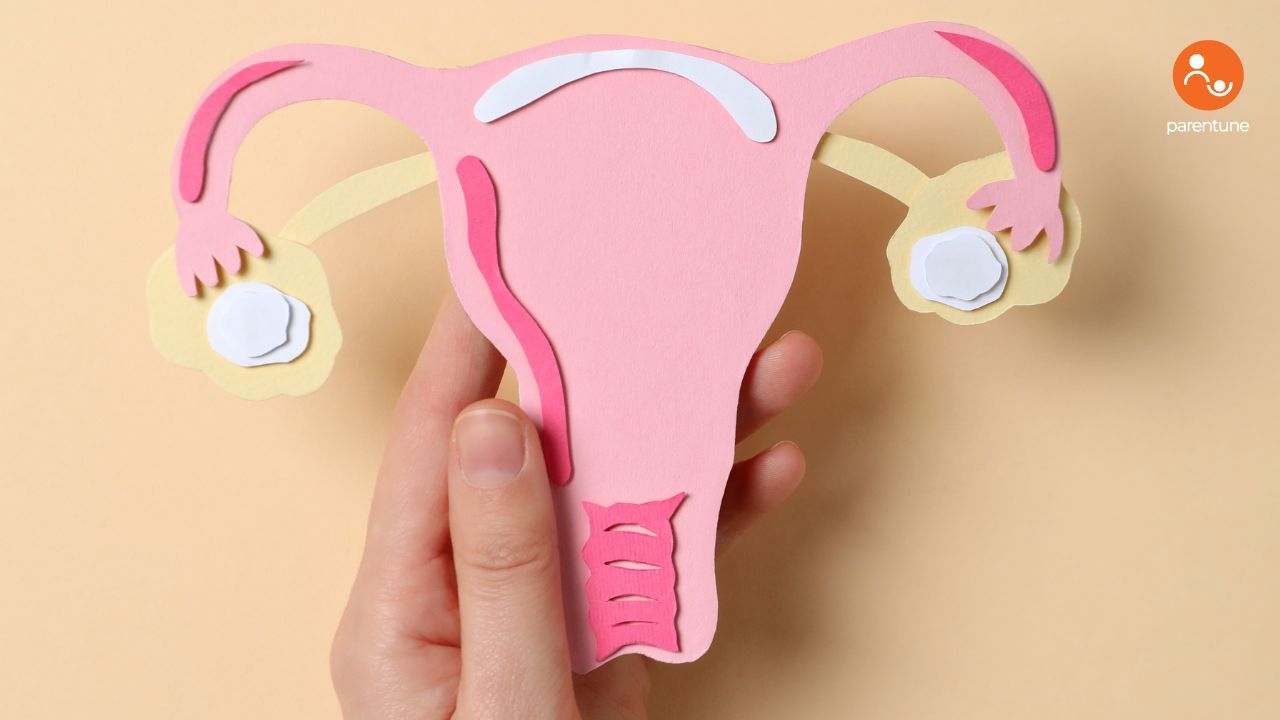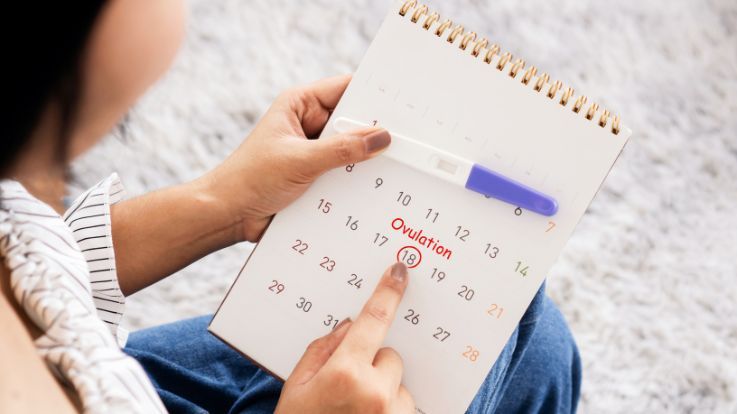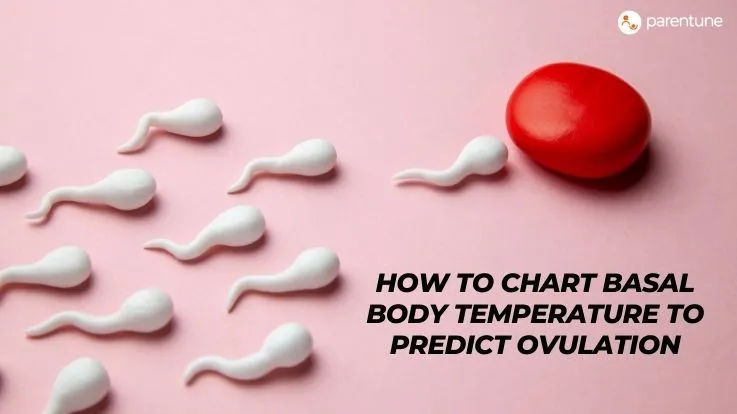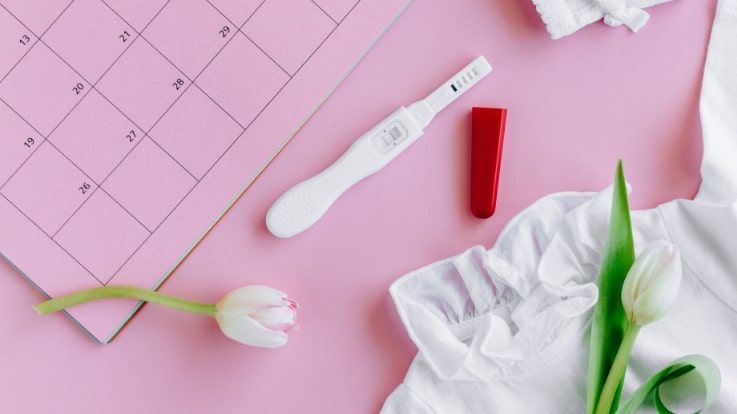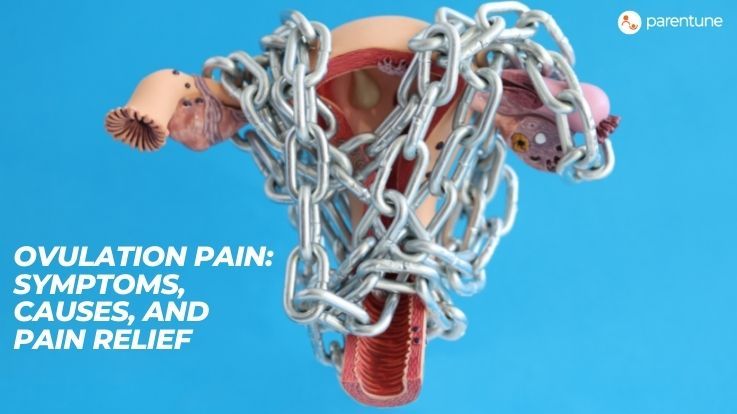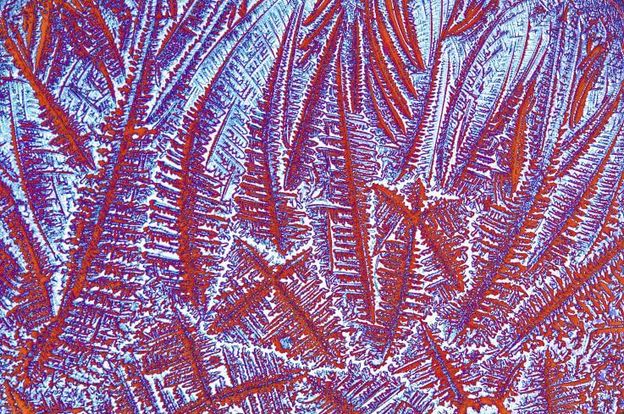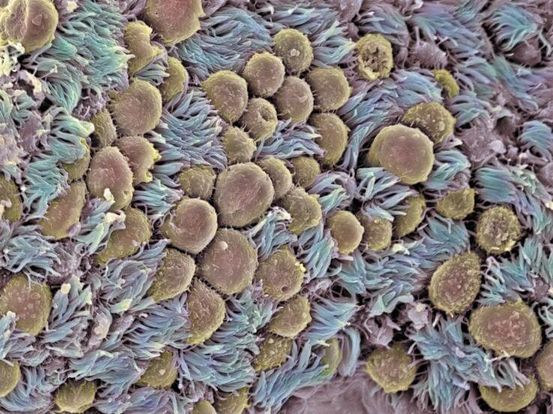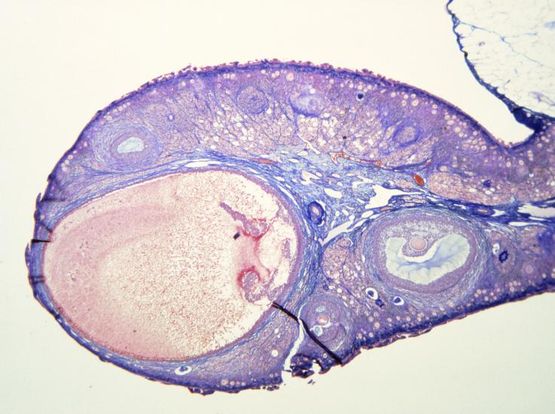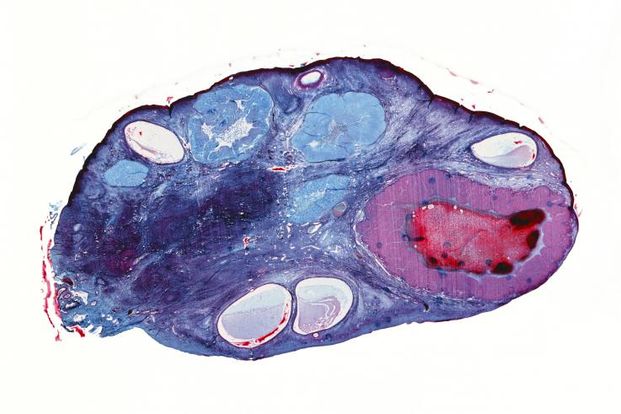Ovulation Calculator
Track your fertility with Parentune
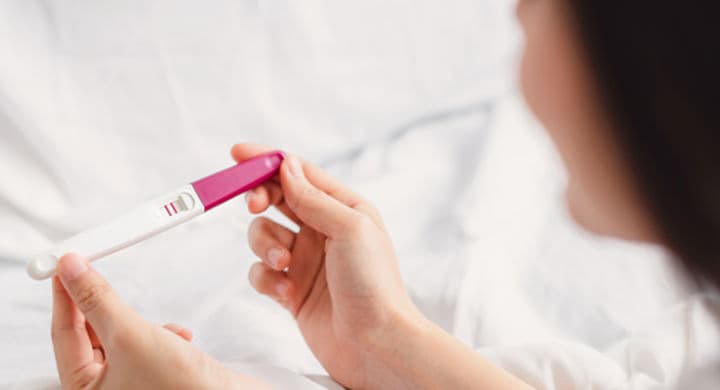
Track your fertility with Parentune
Ovulation Calculator is an online tool to predict or know your most fertile days when chances of getting pregnant are higher. To get pregnant, determine your fertile periods or days for ovulation & increase chances you conceive.
First day of your last period
November 2025
Su
Mo
Tu
We
Th
Fr
Sa
Your average cycle in days
Length of your period
Disclaimer: This tool is for informational purposes only.
It is important to consult your doctor/gynaecologist
Signs During Ovulation
Your body may give you subtle signs, such as
Doctor Q&As from Parents like you
Related Blogs

Pregnancy
Due Date Calculator
Select the first day of your last period
How long is your average cycle?
28 Days
